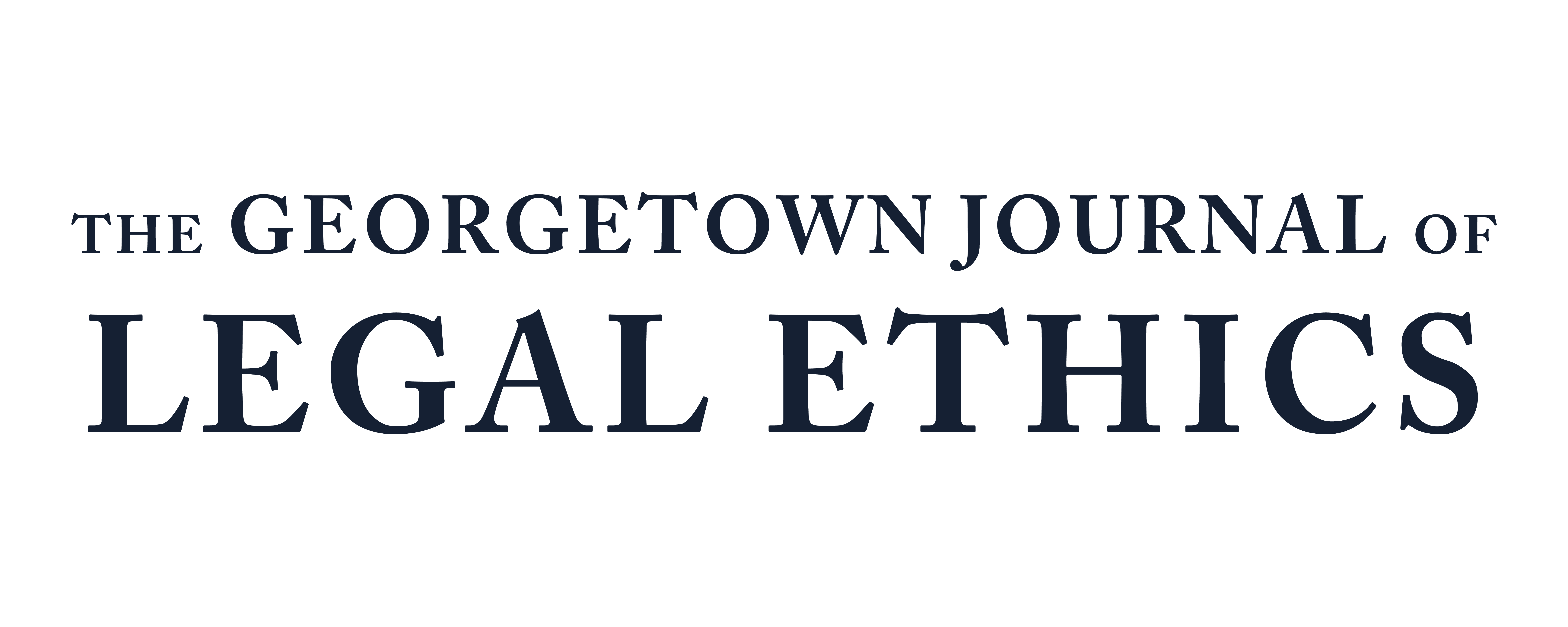The Intersection of Civil Rights, Religious Liberty, and Infectious Disease
In June 1981, the CDC published the first two articles on a surge of rare ill- nesses amongst gay men, which would later be identified as opportunistic infections linked to the human immunodeficiency virus, acquired immunodeficiency syndrome (HIV/AIDs) virus. Nearly forty years later, COVID-19 would surge across the globe, triggering a never before seen public health emergency – and an equally novel pushback to public health measures, often through litigation on religious freedom claims. In 2022, a third pandemic appeared: Monkeypox (MPX), diagnosed most often among men who have sex with men.
Comparing the government responses to HIV/AIDS, COVID-19, and MPX reveals the profound negative impact stigmatization has on public health outcomes for marginalized communities. This Note will show this by comparing the difference in the availability of government resources and level of public concern for the MPX and HIV/AIDS pandemics, two diseases associated with the LGBTQ community, than for COVID-19, which is not. Secondly, the surge in First Amendment Free Exercise Clause and Religious Freedom Restoration Act (RFRA) challenges to preventative public health measures brought on by COVID-19 will likely worsen this problem. This is due to the historical tension between sex- and gender-based civil rights claims and religious freedom litiga- tion. Since the same lines of reasoning and Supreme Court doctrine that have his- torically been used to deny civil rights to LGBTQ individuals are now also being used to decrease the government’s ability to prevent the spread of contagious dis- ease, it is likely to have an especially stark negative impact on measures intended to protect the LGBTQ community during public health emergencies.
Subscribe to GJLE
